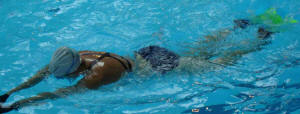
A COALVILLE woman has made a splash raising money for a spinal injury charity.
Heidi Spiller, 35, has now finished swimming the length of the English Channel a massive 1,408 lengths of Hermitage Leisure Centre’s swimming pool.
All of the money raised around £1,030 will now go to Aspire, the Association for Spinal Injury Research Rehabilitation and Reintegration.

Heidi decided to dive-in and help the charity after overcoming her fear of the deep-end earlier this year.
She said: “Just before the summer holidays I swam 64 lengths, which is a mile, and I felt like I wanted something more to aspire to.
“When I went back to the leisure centre I saw the information for the Aspire Channel Swim and I thought I could actually exercise, lose weight and do something good for somebody else.”
Every day four people in the UK are told they will never walk again.
Aspire works with these people to offer practical support and innovation from the time of their injury for the rest of their lives.
The charity works towards reintegration by creating an environment where the barriers that divide able-bodied and disabled people are removed.
Having completed the task, Heidi said: “I feel fantastic – I’m jumping for joy.
“People are asking me if I’m going to swim back now that I’ve swum to France, but I’ll give it a rest for now!”
Diving Lessons Learn to Swim Swimming Lessons Teach Baby to Swim
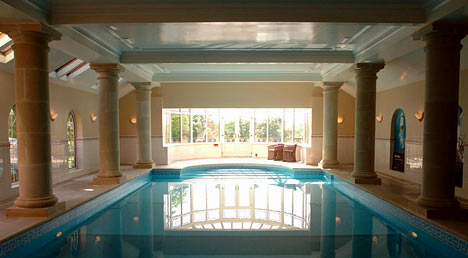

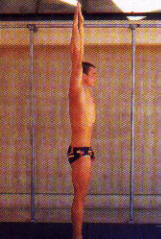
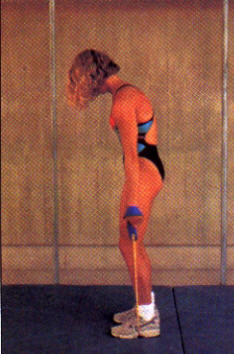
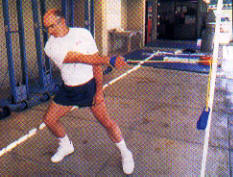




 <————- This is me on holiday in Tenerife 2003.
<————- This is me on holiday in Tenerife 2003.